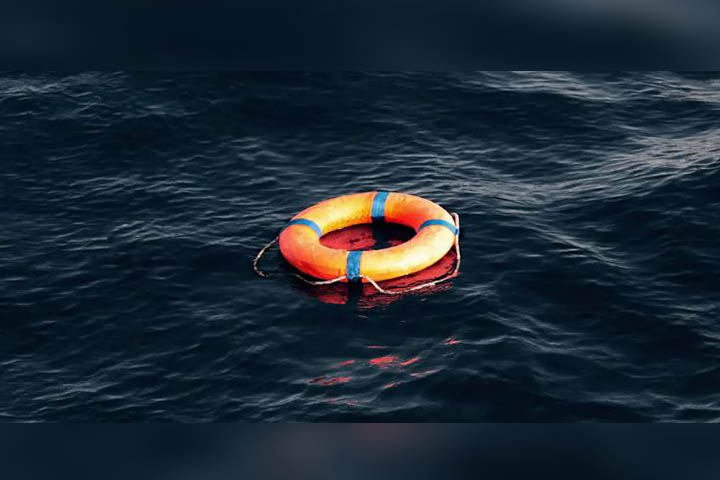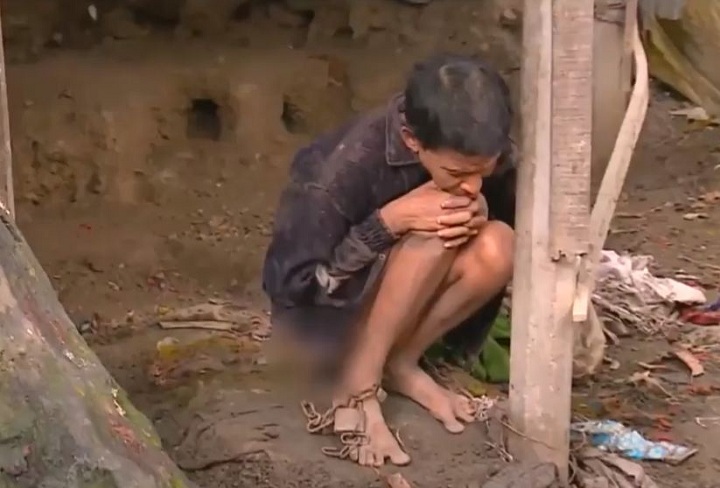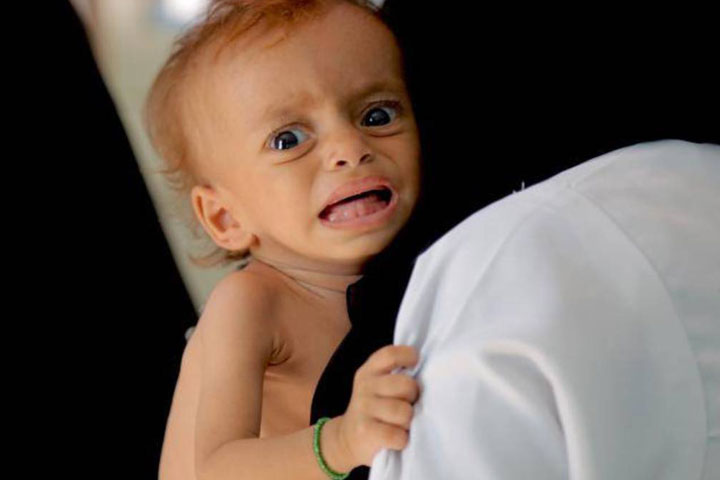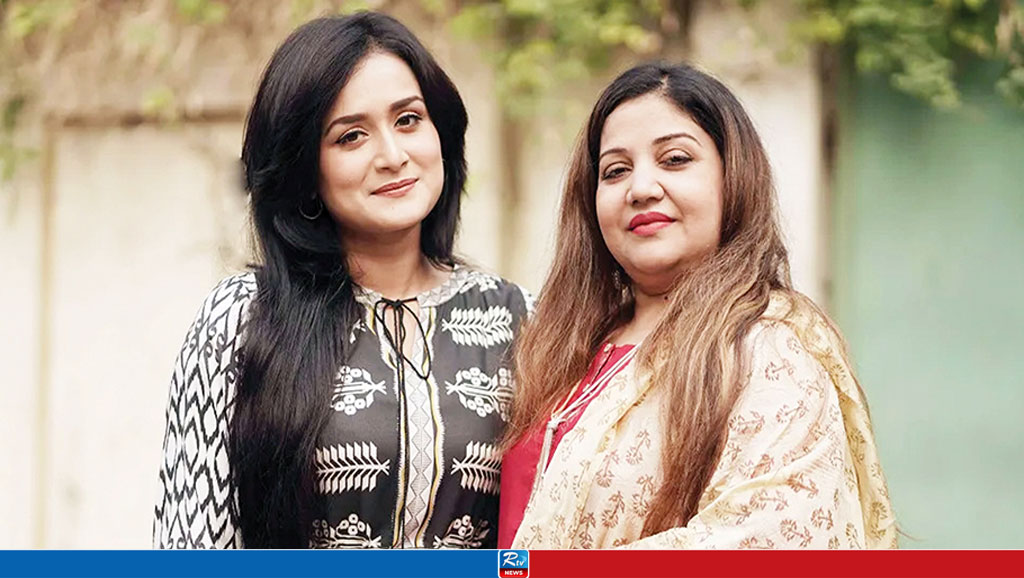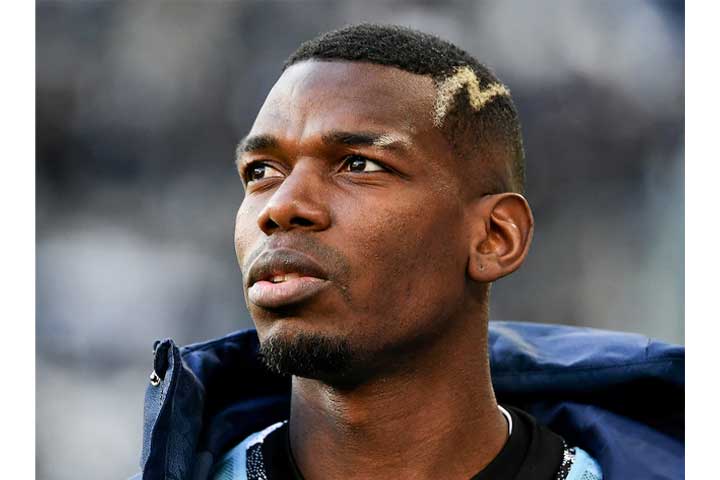The Rath Yatra of Lord Jagannath in Puri is one of the grandest, most joyous, and also the most respected festivals all over India. People flock to Puri in millions to have the darshan of Lord Jagannath and get a single chance to touch the Rath with their hands or help forward the Rath. It is said that devotees and people who touch the Rath even once or help take it ahead earn great 'Punya'.
Rath Yatra is a revered festival where devotees flock to witness the journey of Lord Jagannath, Lord Balabhadra, and Devi Subhadra. The elaborate preparations, rituals, and the inclusive nature of the festival make it a significant cultural event bringing people from all backgrounds together.
Historical roots of Rath Yatra
It is said that the Rath Yatra in Puri has been going on since ancient times, dating as far back as the time of the Puranas. The chariots used in the Rath Yatra are enormous, to say the least, and take months to prepare. They are decorated with the help of sculpting and carving and are made impeccably as they become the chariots of three deities for days.
The Rath Yatra is seen as a reenactment of the journey made by Lord Jagannath, who is considered an incarnation of Lord Krishna, to his maternal aunt's home (Gundicha mandir).
The story of Lord Jagannath
When the temple of Puri and the idols of Lord Jagannath are discussed, many questions and mysteries come to mind. From the large eyes of Lord Jagannath to the temple 'Dhwaja' (flag) that always flies in the opposite direction.
And one thing that catches people's attention is the fact that the idol only has Lord Jagannath's face. Which means, he sits with an incomplete body.
Why? The legend says that when Vishwakarma was tasked with the work of making the idols of Jagannath ji, he put forward the condition that no one should disturb him or come inside his room till the idols were complete. But one day, the Queen got curious and opened the door. To their surprise, Vishwakarma was nowhere to be found, and the incomplete idols of Lord Jagannath, Balabhadra, and Devi Subhadra were kept there.
The rituals and preparations
Preparations for the Rath Yatra begin months in advance. The construction of the chariots is an elaborate process and requires many skilled artisans and craftsmen. The three chariots, one each for Lord Jagannath, Balabhadra, and Devi Subhadra, are made of specific types of wood and are built anew every year. The chariot of Lord Jagannath, known as Nandighosa, is the largest, followed by Taladhwaja for Lord Balabhadra and Darpadalana for Devi Subhadra.
About 14 days before the Rath Yatra, a series of rituals are performed. One of the most famous ones is the Snana Yatra, where the deities are bathed in 108 pots of water. After this, it is said that due to the excess water, the deities fall sick, and are kept in isolation. This period is called Anasara and devotees cannot see any of them during this period.
The day of the Yatra
On the day of Rath Yatra, Puri becomes one of the most bustling cities of India with people from all over the world reaching over there to have a darshan of the trio. Celebrations, songs, devotion, it is all in the air of Puri along with the sweet faces of Lord Jagannath, Balabhadra, and Devi Subhadra. The three of them are brought out of the sanctum sanctorum of the Jagannath Temple and placed on their chariots between the chanting of hymns and the beating of drums.
The journey from the Jagannath Temple to the Gundicha Temple is merely three kilometres but because the devotees pull the chariots with ropes, it takes hours to cover the distance.
Also owing to the massive crowd, all kinds of safety measures are taken.
When it comes to pulling the Rath, it is believed that doing so will cleanse people of their sins and grant them salvation.
Rath Yatra - More than just a religious procession
The Rath Yatra is not just a religious festival or a procession that takes place once a year, it is much bigger and much more revered by people. The Rath Yatra brings together people from all backgrounds, locations, religions, and communities.
Seeing a glimpse of the Rath Yatra can put anyone at ease and yet filled with enthusiasm immediately. The eyes of Lord Jagannath give a feeling that he is overlooking everything and everyone can put the most troubled hearts at ease and to be able to touch and forward the chariot is like a dream come true for many.
At its core, the Rath Yatra is a celebration of devotion and the divine connection between us humans and the deities. The Rath Yatra breaks down all kinds of social barriers, allowing people from all walks of life to come together. No matter how rich or how poor you are, you will still have to stand in line to see Lord Jagannath, Balabhadra, and Devi Subhadra and have to push yourself through a large crowd to be able to touch the chariot once.
When will Rath Yatra start?
In 2024, Rath Yatra will start in Puri on 7 July, Sunday, and will go on for 9 days.
Source: TOI
- Dhaka Sat, 27 JULY 2024,

 Live Tv
Live Tv




